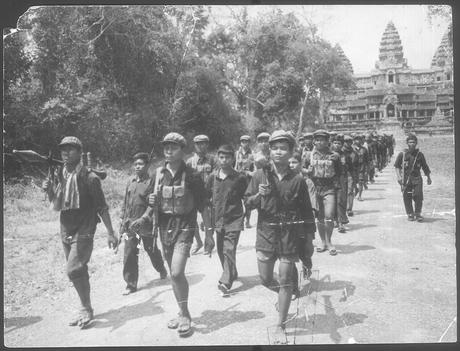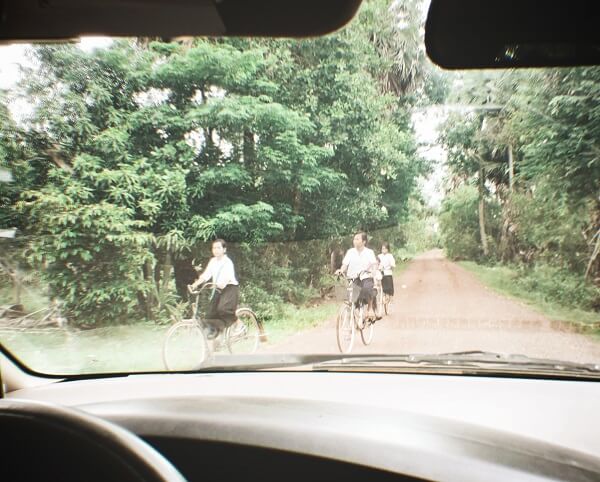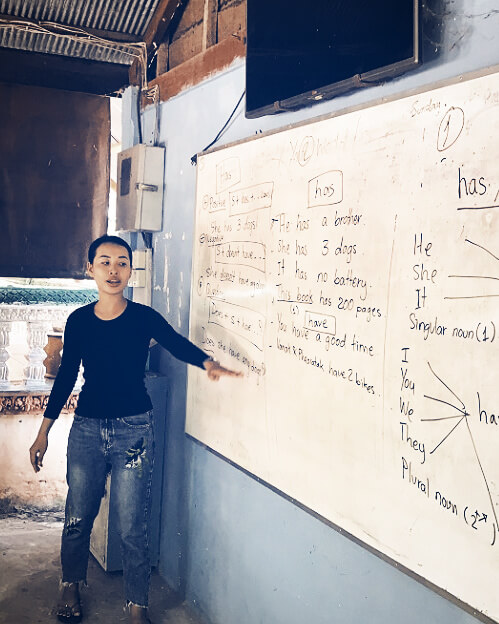Situation of the Post-Conflict
Cambodia
The post-conflict Cambodian education system is making slow progress rising from the ashes left by the Khmer Rouge’s reign between 1975 and 1979. Beginning in the thirteenth century until the second half of the nineteenth century, Buddhist monks would educate young boys.
French leaders then brought their own education system of primary, secondary and higher levels, directed by the Ministry of Education. When Cambodia gained independence from France in 1953, education efforts increased, with secondary education becoming more focused on technology in the late 1960s and early 1970s, including an increase in higher education institutions.
After the Khmer Rouge Genocide in 1975-1979
- Of 20,000 teachers living in Cambodia in the early 1970s, the Khmer Rouge left 5,000.
- Of 725 university instructors, only 50 were left.
- Of 2,300 secondary school teachers, 207 were left.
- Of 21,311 primary school teachers, 2,717 of them survived
What little education children received under the regime involved indoctrination into the precepts of the revolution, whereas literacy was neglected for an entire generation, until the Vietnamese overthrew the Khmer Rouge in 1979. (Federal Research Division)

Photo Credit (Link)

Though improving gradually since then, Cambodia’s education system still faces many challenges to full restoration and advancement in today’s world. Government funding has improved but is still far below other countries of the region (UNESCO). There is also insufficient staff in schools, with only 43,282 teachers reaching 2,011,772 primary school students and only 19,135 teachers reaching 312,934 secondary students, with a student-teacher ratio of 46:1 at the primary level (Cambodia). Though the student-teacher ratio at the secondary level is 18:1, this seeming silver lining is due mostly to three contributing factors: 1) most the civilian population lacks the education to teach at the secondary level, 2) barely a third of the children at the secondary level attend school (UNICEF), and 3) secondary schools are found in less than 10% of rural areas (UNDP).
To truly help Cambodia, it’s necessary to help rural Cambodia where substance farming is the mode of survival. However, farming methods are outmoded and productivity is low. Farmers do not always make enough to provide for their families and 1.6 million rural households face seasonal food shortages each year. Poor families spend as much as 30 percent of their income on rice alone. Even worse, at least 12 percent of those living in poverty have no land.
Women suffer badly in Cambodia. They do not have equal access to education, wage earning jobs, land ownership and property rights. Reproductive health services are inadequate or nonexistent. Further, as a country that has been ravaged by wars, many women have had to take full responsibility for their families after the men were killed in the fighting.
Unexploded and hidden land mines are another deadly consequence of the years of war. Among rural Cambodians, eight out of 10 are still in danger of injury or death caused by land mines. They also greatly impede farmers’ ability to develop tillable acreage. Demining in Cambodia is a huge task.

Because You Can Make a Difference
Poverty in rural Cambodia is endemic. Lack of skills, education, infrastructure and employment push young women to find jobs as sex workers in neighboring countries. HIV/AIDS is taking a devastating toll on the population. Cambodia has been seemingly left behind as other Asian nations have enjoyed great economic success in recent decades.
However, it is also a place where your help can make a big difference. Teachers for Tomorrow is working with teenagers and small villages that are eager to put in the hard work required to make a better future. All they need is a little help and encouragement. You can provide that help and encouragement today.
Teachers of Tomorrow will give Cambodia’s children hope to break the cycle of poverty into which they were born, and enable Cambodia’s economy to grow out of its current stagnation below that of the rest of Asia and the world.
Drop Us a Line
If you would like information about how to help the youth and poor villages of the Teachers for Tomorrow programs, please dont hesitate to drop us a line